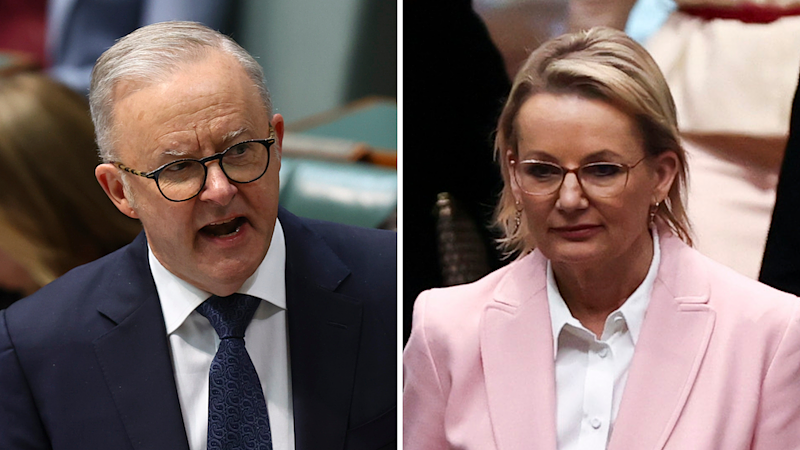The recent productivity summit hosted by the Albanese government has brought to light significant concerns regarding the increasing dependency on government support among Australian citizens. A report released by the Centre for Independent Studies highlights that more than half of voters now rely on government for the majority of their income, primarily through public-sector wages, welfare benefits, or subsidies. This trend raises important questions about the future of work and economic independence in Australia.
Dependency on Government Support
The headline from the report, “A culture of dependency has taken root,” succinctly captures the current state of affairs in Australia. The key finding reveals that over 30 percent of the workforce is now employed in the public sector or in roles heavily reliant on government funding. This shift has profound implications for democracy, as noted by author Carling, who suggests that a substantial portion of the population may now have incentives to “vote for a living” instead of “work for a living.”
Over the last 25 years, Australia’s GDP has grown at an annual rate of 2.7 percent, while the population has increased by 1.5 percent. In contrast, government spending has surged by 3.4 percent per year in real terms. This disparity indicates that government expenditure is outpacing the economy’s ability to sustain it, raising alarms about fiscal responsibility and sustainability.
Shared Responsibility Among Political Parties
Carling emphasizes that the responsibility for this predicament does not lie solely with one political party. Both the Labor and Liberal parties have exhibited similar spending patterns in recent years, with little distinction between their fiscal policies. The Coalition, which has held power federally for most of the past quarter-century, has also utilized increased spending as a political strategy to address voter concerns, often without assessing whether such measures effectively resolve the underlying issues.
In Liberal Party preselections, candidates frequently invoke the words of Robert Menzies, particularly his 1942 “The Forgotten People” speech, which calls for fostering a generation of “not leaners but lifters.” Yet, despite these references, the reality is that the economy is increasingly characterized by a shrinking private sector, which Menzies would likely have opposed. Data from the Institute of Public Affairs reveals that the share of national income received by family businesses and the self-employed has plummeted from 26 percent in 1960 to just 7 percent in 2024, following the impacts of COVID-19.
This decline in the private sector, particularly in small businesses, is linked to the growing public sector and the associated tax and regulatory burdens. While correlation does not imply causation, recent trends suggest that as government size expands, economic productivity in Australia has diminished. Carling notes that larger government is often tied to slower productivity growth and a decline in living standards.
The participants at the productivity summit largely represent the interests of prominent sectors in the economy, such as large superannuation funds, unions, and major businesses. This dynamic reinforces Carling’s assertion that the benefits of big government are concentrated among a vocal minority, while the broader population, potentially facing adverse effects, remains less engaged and less organized.
As discussions continue surrounding the role of government in the economy, the findings presented at the summit challenge policymakers to reconsider their approach and the implications of their fiscal decisions. The future of Australia’s economic landscape hinges on finding a balance between necessary government support and fostering an environment conducive to private enterprise and individual initiative.































































